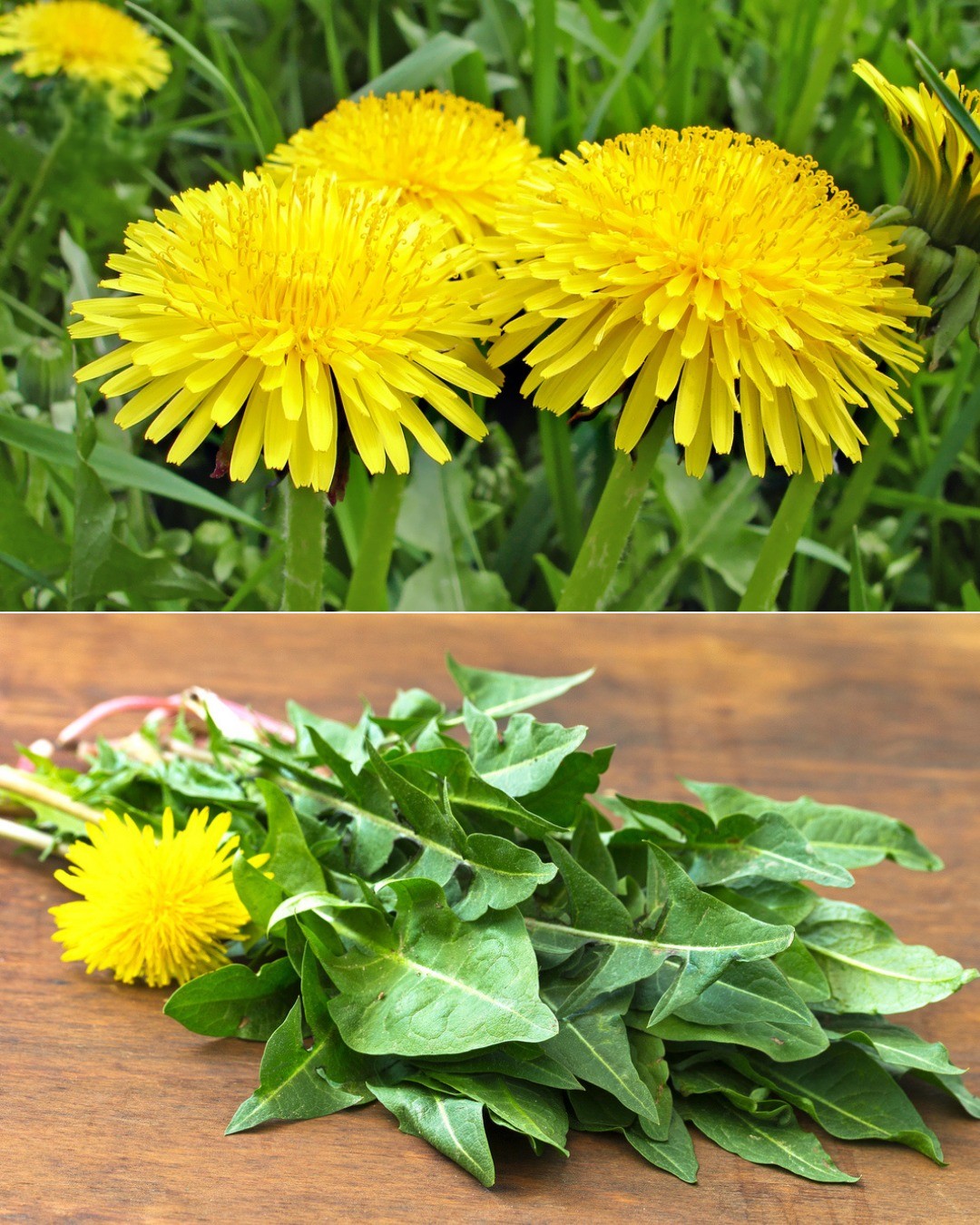Used since the Middle Ages for its purifying properties, dandelion is a medicinal plant with a long history—and it’s surprisingly versatile in the kitchen. Let’s discover its benefits and how to use it in cooking.
A Familiar Plant with Hidden Powers
Have you ever blown on a fluffy white dandelion, sending its seeds floating into the air like tiny parachutes? That iconic puffball comes from the golden-yellow dandelion flower. You’ve probably picked one as a child and made a wish, but dandelions are much more than just a whimsical game—they’re also a natural remedy and a nutritious ingredient.
What Is Dandelion?
Dandelion is a herbaceous plant found in temperate climates around the world. It grows wild in meadows and along roadsides and is known by many names, including blowball and pissball (a nod to its strong diuretic effects). It’s characterized by a hollow, milky stem, jagged leaves, and a bright yellow flower that turns into the classic puffball once it goes to seed.
Dandelion is packed with health benefits. It has diuretic, digestive, purifying, anti-inflammatory, and antioxidant properties. Like all medicinal plants, however, it should be used in moderation and with awareness of possible allergies or interactions.
Dandelion’s Health Benefits: A Liver-Friendly Plant
Dandelion has been valued since ancient times for its healing properties. In Traditional Chinese Medicine, it has long been used to aid digestion, reduce inflammation, and stimulate the elimination of fluids. The Romans and Greeks also used it to treat digestive issues, fever, and inflammation.
Its name comes from the Greek taraxakos, meaning “remedy for disorder”—a fitting description. Dandelion’s roots and leaves contain active compounds that benefit many systems in the body. Here’s what it can do:
Detoxifying: Dandelion supports liver function and helps cleanse the blood of toxins. It’s beneficial for conditions such as acne, hepatitis, cirrhosis, and mild poisoning.
Diuretic: It increases urine production, promoting the elimination of excess fluids and toxins. Great for water retention, high blood pressure, and kidney stones.
Digestive Aid: It stimulates the secretion of saliva, gastric juice, and pancreatic enzymes, aiding digestion.
Choleretic and Cholagogue: Encourages bile production and flow to the intestines. Helpful for liver sluggishness, gallstones, and high cholesterol.
Anti-inflammatory: Offers mild relief for inflammation of the digestive and urinary tracts. It may soothe conditions like gastritis, cystitis, prostatitis, and rheumatism.
Who Should Be Cautious?
While generally safe, dandelion does have a few potential side effects:
Allergies: People allergic to plants in the Asteraceae family (such as chamomile, ragweed, or arnica) may react to dandelion. Symptoms include rashes, hives, itching, swelling, or breathing issues.
Medication Interactions: Dandelion can interfere with diuretics, blood thinners, or diabetes medications. Consult your doctor if you’re taking any of these.
Pregnancy and Breastfeeding: There’s not enough research to confirm its safety during pregnancy or nursing. Better to avoid it just in case.
Cooking with Dandelions: From Leaves to Roots
see continuation on next page
ADVERTISEMENT

